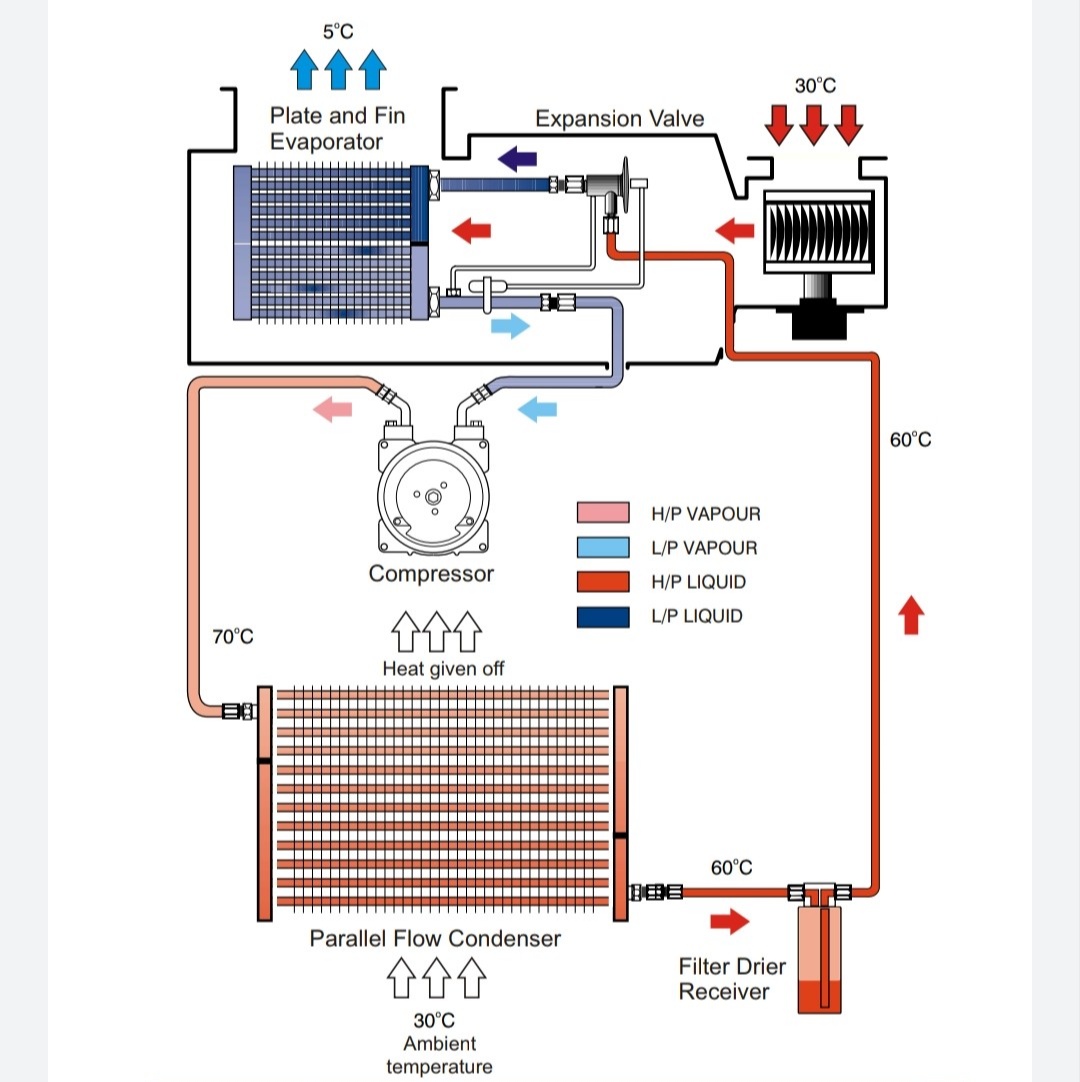The Ultimate Guide to Evacuating Your Car's AC System
Imagine this: It's a scorching summer day, and you hop into your car expecting a blast of cool air. Instead, you're met with a lukewarm breeze, a subtle hint of mildew, and a sinking feeling of disappointment. A properly functioning AC system is more than just a comfort; it's a vital part of your car's operation. And one of the most critical aspects of maintaining that system is knowing how to properly evacuate it – otherwise known as pulling a vacuum on the AC system.
But what does pulling a vacuum even mean? It sounds like something out of a science fiction movie. In reality, it's a crucial process that removes air and moisture from your car’s AC system before recharging it with refrigerant. Think of it like cleaning a fish tank before adding new water and fish. You wouldn’t just dump the new water into a dirty tank, right? The same principle applies to your AC system.
This seemingly complex procedure is actually something you can potentially tackle yourself with the right tools and knowledge. This comprehensive guide will walk you through the intricacies of evacuating your car's AC system, from understanding its historical significance to troubleshooting common issues. We’ll cover the why, the how, and the what-ifs, ensuring you have everything you need to conquer this essential car maintenance task.
Historically, AC systems in cars were simpler, and the need for vacuuming wasn't as pronounced. Early refrigerants were less sensitive to moisture, and the systems themselves weren't as intricate. However, as technology evolved and environmental concerns surrounding refrigerants grew, the process of evacuating an AC system became essential. Modern refrigerants are designed to be more environmentally friendly, but they're also more susceptible to contamination by air and moisture, which can significantly impact performance and longevity.
The core reason for evacuating your car’s AC system revolves around moisture. Moisture is the enemy of any refrigeration system. When moisture mixes with refrigerant, it forms corrosive acids that can damage the system’s components, leading to costly repairs. Air in the system can also hinder performance by reducing cooling efficiency. Evacuating the system removes both air and moisture, creating a clean, dry environment for the new refrigerant to operate optimally.
Evacuating your car's AC system offers numerous benefits:
1. Enhanced Cooling Efficiency: By removing air and moisture, the refrigerant can work at its maximum capacity, resulting in a colder, more comfortable cabin.
2. Extended System Lifespan: Eliminating corrosive elements protects the compressor and other components, prolonging the life of your AC system.
3. Improved Fuel Efficiency: A properly functioning AC system puts less strain on the engine, leading to potentially better gas mileage.
Here’s a simplified action plan for evacuating your car's AC system:
1. Gather Your Tools: You'll need a vacuum pump, a manifold gauge set, and refrigerant hoses.
2. Connect the Equipment: Attach the hoses and gauges to the appropriate ports on your AC system.
3. Pull a Vacuum: Run the vacuum pump for the recommended time, typically around 30-45 minutes, to remove air and moisture.
4. Check for Leaks: Monitor the gauges to ensure the vacuum holds. If it doesn't, there's a leak that needs to be addressed.
5. Recharge the System: Once the system is evacuated and leak-free, you can recharge it with the correct type and amount of refrigerant.
Advantages and Disadvantages of DIY AC Evacuation
| Advantages | Disadvantages |
|---|---|
| Cost Savings | Requires Specialized Equipment |
| Greater Control over the Process | Potential for Mistakes if Not Done Correctly |
Frequently Asked Questions
1. How long should I vacuum my car's AC system? Typically 30-45 minutes.
2. What type of vacuum pump do I need? A dedicated AC vacuum pump.
3. Can I use a regular shop vacuum? No, a shop vacuum is not sufficient.
4. How do I know if my system has a leak? The vacuum won't hold.
5. What type of refrigerant should I use? Consult your vehicle's owner's manual.
6. Is it dangerous to evacuate my AC system? Yes, if not done properly.
7. Do I need to wear safety glasses? Always wear safety glasses when working with automotive systems.
8. Can I do this if I've never worked on a car before? It's recommended to have some automotive experience.
Tips and Tricks
Use high-quality hoses and fittings to prevent leaks.
Always wear safety glasses and gloves.
Consult your vehicle's service manual for specific instructions and refrigerant requirements.
In conclusion, understanding how to evacuate your car's AC system is a crucial aspect of car maintenance. While it might seem daunting at first, with the right information and tools, it's a task that many car owners can handle. By taking the time to properly evacuate your system, you can enhance cooling performance, extend the life of your AC components, and potentially improve fuel efficiency. While this guide provides a comprehensive overview, always consult your vehicle’s service manual for specific instructions. Taking the proactive step of learning this process empowers you to maintain your vehicle's comfort and functionality while potentially saving money on costly repairs down the road. Invest in your car's health, and enjoy the cool breeze of a perfectly functioning AC system. If you’re unsure about any part of the process, consulting a certified mechanic is always the safest option.
Mumbai sunset today a breathtaking spectacle
Journey to the east end exploring the call the midwife book series
Shasta lake water levels current status and impact














